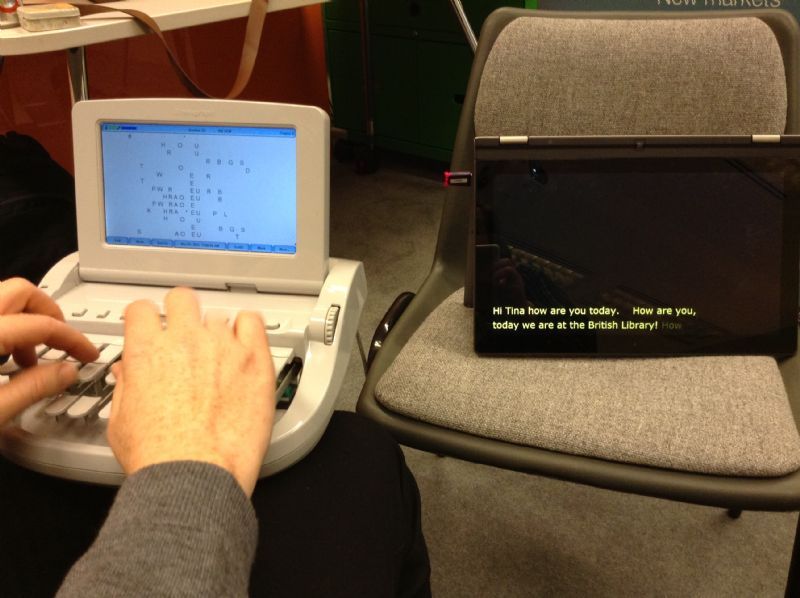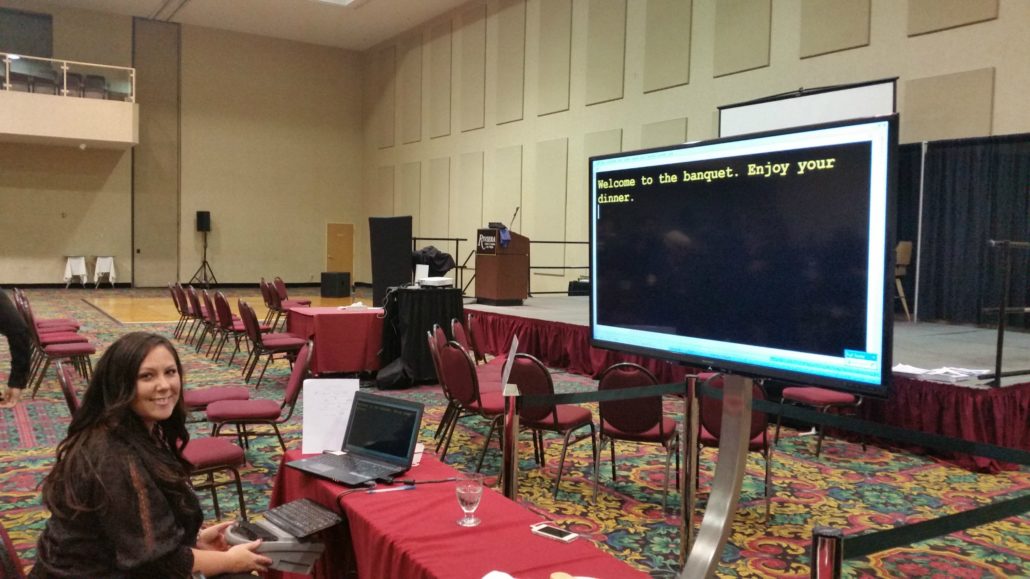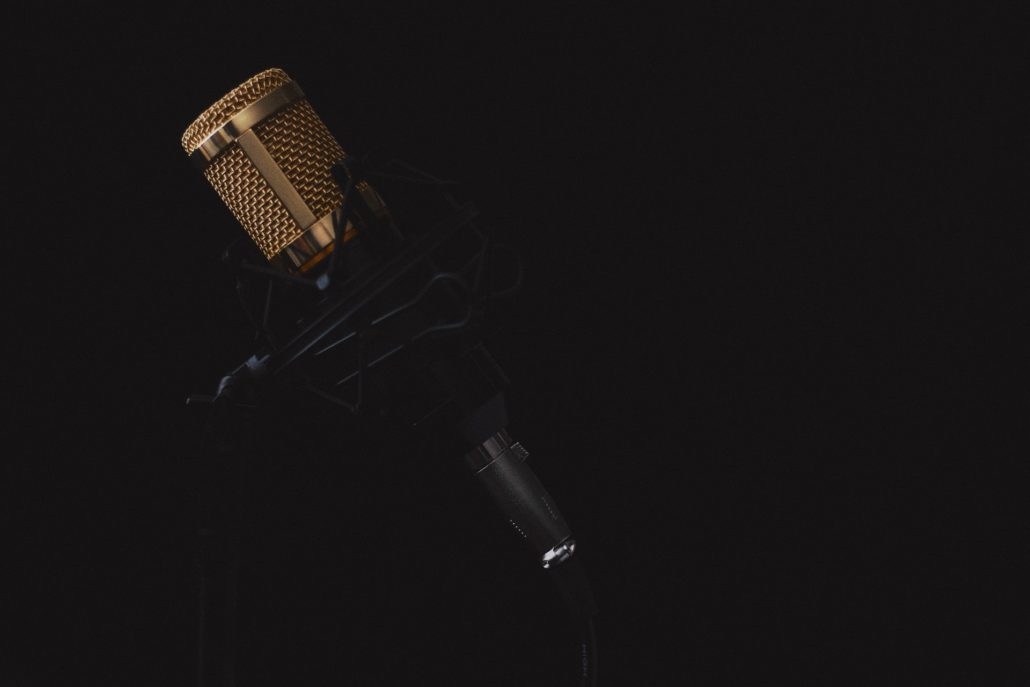Real-Time Speech to Text with Stenographers
You might think that with the availability of voice to text software that stenographers, sometimes called court reporters, would be made redundant. However, computer-based technologies are no substitute for real person interactions. Technology is not yet at the point where it can efficiently filter out background noise or ask a speaker to clarify what was said.
Stenographers undeniably contribute to the quality of real-time speech to text conversion.
Currently, there are two major options available for speech to text conversion services; stenographers and respeakers. Many people are under the false assumption that both provide an accurate and fast-paced way to record words as they are. i.e. verbatim.
This is a problem. People don’t realise which service they are getting. They pay too much for respeaking and then complain about the poor quality. Respeakers do not translate speech verbatim. They repeat what people say into a microphone type device that looks like an oxygen mask and then voice recognition software translates it into text. There is more room for error.
Real-time speech to text, also referred to as live subtitling or captioning, is when a stenographer captures discussions as they happen and accurately transcribes the language into text mere moments after it is spoken, helping deaf and hard of hearing people follow conversations, meetings or speeches.
Unfortunately, in many instances, stenographers have been replaced by respeakers, mostly because they’re cheaper. In this article, we’ll take a closer look at the quality of so-called ‘verbatim reporters’.
Who needs speech to text conversion?
Speech to text is predominantly used as a way for people with hearing loss to have access to conferences, live events and the latest news story. It is also one of the best ways for deaf and hard of hearing students to have equal access in schools and universities.
Real-time stenography or Computer Assisted Real-Time Translation (CART) is used to provide a live transcript of the spoken words as the event is taking place.
Live subtitles or ‘open captioning’ are predominantly used in cases where there are no written scripts, including:
- Court cases
- Medical consultations
- Live broadcast captioning
- Stand-up comedy shows
- School lessons and university lectures
- Conferences, meetings and seminars
- Mega-events, like the appointment of a new president
For remote captioning, like in a university lecture hall, the stenographer does not need to be in the same room. They use the internet, for example, Skype, or the telephone to listen to what is said and then provides the transcript text through an online connection.
Whether a captioner is adequately supporting customers can usually be evaluated in two ways:
- The quality of the real-time text being displayed, and the hard copy provided afterwards.
- Consumer feedback regarding their experience and the benefits they got from using the service.
“Remote captioning” is the term everyone has started using and is how respeaking companies have been selling their service, blurring the lines between them and stenographers.
However, stenographers remain the best way of accurately capturing real-time events and fast-paced lectures, which is why they are also often used in courts. Stenographers are true verbatim reporters.
What is a stenographer
A stenographer is a person that writes what people say in real-time and are typically mainly requested in environments where auto-generated captions could not work, for example in groups or noisy settings, where speech needs to be relayed verbatim, or where the quality of a respeaker would not suffice.
Speech to text reporters (STTRs), also known as stenographers or palantypists, are the trained professionals that enable deaf and hard of hearing people to follow and participate in the conversation. STTRs take down what the speaker is saying, word for word, as fast as the speaker is talking using a unique keyboard called a stenograph or palantype machine, a shorthand keyboard. The spoken words are then simultaneously converted into text – verbatim.
The presence of a stenographer is often preferred in courtrooms because when something is not audible by microphone, they’ll ask the witness or attorney to repeat themselves. At a deposition, for example, a stenographer is vital and will certify that the transcript is true and accurate.
What is a respeaker?
Respeaking is considered to be the future of live speech to text and has even been taken up by the BBC because it’s cheaper than a stenographer. Don’t get me wrong, you can get respeakers who are good at what they do, but they are scarce.
Most of them aren’t regulated or appropriately tested, especially in the UK, which is why incidences like below are becoming more evident. While hilarious, incorrect captioning could result in disastrous consequences.
Example 1: During a regional news story, the presenter said that they would be talking about obesity. The presenter said to the audience, Hello from us, and unfortunately the live captioning provided by the respeaker came up with Hello fat arse.
Example 2: A respeaker was working on BBC News 24. Instead of rockets fired from the Lebanon, we saw rockets fired from the leather nun. In a more recent respeaker blooper, His Holiness the Pope came out as his whole penis the Pope.
Respeakers need to paraphrase what they hear so that the text will conform with the temporal and particular constraints of subtitles. So, the accuracy of respeaking relies on how perfectly spoken the words are so that the translating software can recognise it.
If the respeaker is talking too fast or has a cold and the sounds are muffled, the accuracy will drop.
When to use a stenographer vs respeaker
If you do not need a word for word flowing script of captions and you have a tight budget, then respeaking might be a valid option. However, their quality varies greatly, and people generally need to speak slowly so the respeaker can listen and remember what’s being said, while simultaneously speaking into the voicemask.
However, using a stenographer adds transparency to live proceedings, with only a 1 second time lag for remote captioning, compared to 8 or more seconds of delay from respeakers.
If you need verbatim text, that is not paraphrased and is delivered instantly, then invest in a stenographer. Transcripts are available immediately because stenographers can write up to 360 words per minute.
For example, a stand-up comedy show, where the punchline needs to be delivered correctly, and on cue, a respeaker would not be a good fit. A respeaker will never be as fast or accurate as a speech to text reporter.
121 Captions provide stenographers from all around the world for both onsite and remote work, and captioning is available in several languages. Have a look at our captioning services if you’re thinking of real-time voice to text for your next event, lecture or meeting.








Leave a Reply
Want to join the discussion?Feel free to contribute!